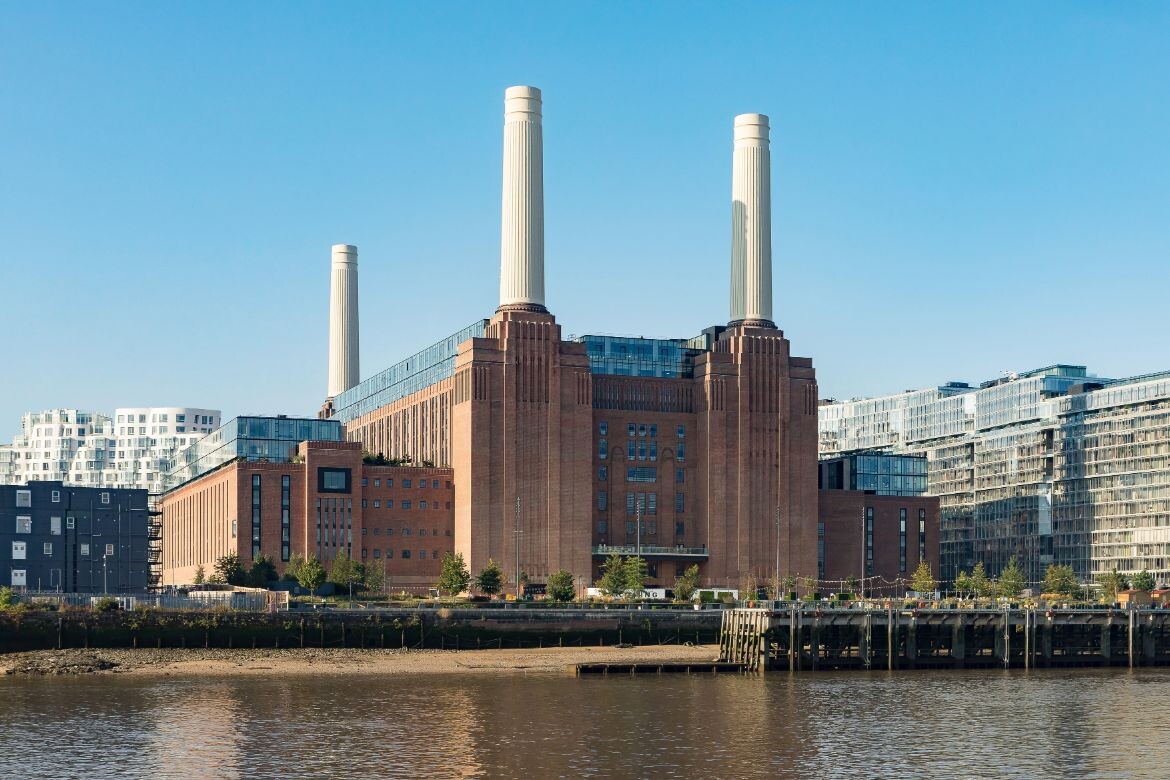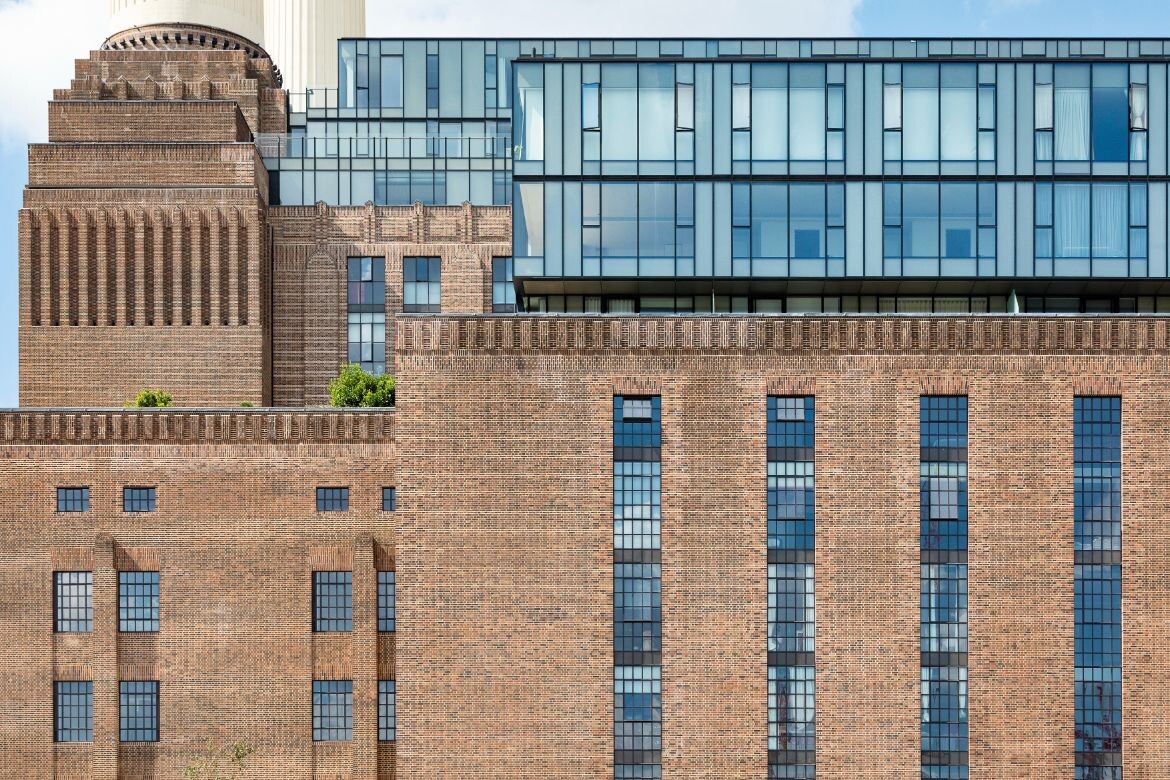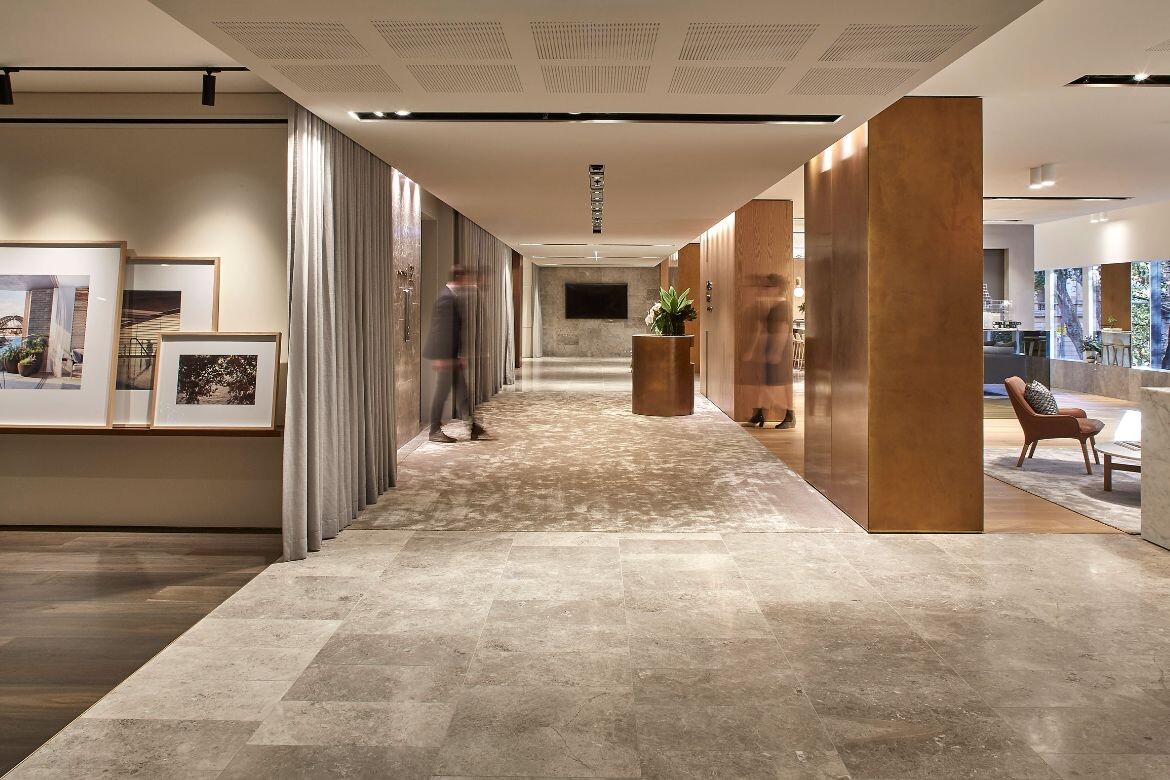Creative sectors thriving in post-pandemic economies
It’s difficult to overstate present industrial distemper in the United Kingdom. Seasons-long spells of agitation between industry figureheads and union leaderships continue buffeting paramedic, transport and postal services through on-again-off-again stalemates. Teachers are primed for walkouts, care practitioners are striking and the National Health Service remains overburdened, understaffed and, by all accounts, shortchanged. Yet another knee-jerk cabinet reshuffle has failed to round a corner on “these austerity times” fixed in the crossed tailwinds of a global pandemic, European-Union-withdrawal national refinancing and terminally low investor/voter confidence as far as Isles stretch.
And yet it was only recently in 2020 that the Crown reported new statistics revealing the creative industries sector was growing at an alarming five-fold rate faster than the national economy – a gobsmacking equivalent of £306 million every day, or a 7.4 per cent upswing between 2017-2018, far outstripping the 1.4 per cent growth for same economy-wide.
 Battersea Power Station, London, by WilkinsonEyre, photography by Peter Landers.
Battersea Power Station, London, by WilkinsonEyre, photography by Peter Landers.
“The creative industries encompass the best and brightest of UK businesses,” said Minister for Creative Industries, Nigel Adam, at the beginning of 2020, “and these figures paint a vibrant picture of creativity and talent in our country today.” Significant contributions by technology, digital services, media and entertainment conspired with players in the design sectors which, on last count of The Design Economy 2018, generated some £85.2 billion or 7 per cent alone in GVA to the UK.
On the other side of the planet, in Australia, a comparably active national design economy contributed an average AUD $67.5 billion per annum across the same period by 2018, equivalent to more than 3.5 per cent of GDP, according to IP Australia’s 2020 investigative report Defining Design. Such contribution is similar to healthy injections from Australia’s construction industry, producing some 9 per cent of GDP, projected at an annual growth rate of 2.4 per cent through 2024 (pandemics notwithstanding, it ought be noted).
 Battersea Power Station, London, by WilkinsonEyre, photography by Peter Landers.
Battersea Power Station, London, by WilkinsonEyre, photography by Peter Landers.
Trade opportunities to escalate between Australian and British design sectors
It’s clearly promising bedrock for the impending intensification of trade between British and Australian design, creative and construction sectors, on the eve of the nations’ Free-Trade Agreement (FTA) making its final approval rounds through the UK parliament for 2023. But ratification aside, the cooperation is already making its impact felt, particularly in Australian AECO markets.
“The fluidity of organisations and talent between the UK and Australia has been the backbone for property across generations,” Stuart Dow, associate principal at multinational British architectural firm WilkinsonEyre, tells me. “In 2022 and beyond, there appears a greater sense of opportunity in Australia for foreign entities, particularly British thanks to the FTA, to invest through their expertise across sectors such as transport and infrastructure, education, high-rise commercial, research and development, life sciences and health.”
 Battersea Power Station, London, by WilkinsonEyre, photography by Peter Landers.
Battersea Power Station, London, by WilkinsonEyre, photography by Peter Landers.
“Australia’s maturing property market, based primarily in the capital cities, is showing increased diversification and depth,” he continues. “In this post-COVID, climate change environment, and with polycentric city frameworks, all things property require greater efficacy and building functionality that can’t be simply binary.”
These are sentiments long-held but, comparatively, short-practiced in Australia where development traditionally erred toward the broadacre mindset and where both procurement and delivery processes seem to have only materially defragged this generation.
“The UK’s architects, engineers and specialist consultants have long been exposed to these progressive expectations and multifaceted concerns across the UK and globally,” says Dow. “Australia’s growing sophistication in property value, building materiality, construction methodologies, economic modelling and the continuing versatility of end-user usage habits, presents a once-in-a-generation opportunity for Australian expansion with minimised risk and financial impact for business – for architects, especially.”
 Crown Residences at One Barangaroo, Sydney.
Crown Residences at One Barangaroo, Sydney.
In the UK, WilkinsonEyre’s Battersea Power Station and, in Australia, its One Barangaroo, represent fine examples of such a vision – complex largescale projects blending public spaces, leisure offerings, residential, retail, commercial, urban realms and mass-transit connectivity. Also in Australia (spearheaded by a British multinational architectural studio, John McAslan + Partners, jointly with Woods Bagot) the major refurbishment of Sydney Central Station and Metro is an exemplar of an architecturally refreshed and regenerating-minded complex project.
Like Dow, John McAslan + Partners’ director, Troy Uleman, draws my attention to exchanges of globally-resonant ideas and globally-recognised talent such a cross-hemisphere cooperation brokers. Speaking of the forthcoming FTA, Uleman says “it has always been a complex thing to get visas for our team members with global expertise and get them to Australia to work with and share knowledge with our local teams. We are looking forward to this being a simpler process, and also for our local team to start contributing to our global projects, working in the UK.”
“We have always imagined there would be a good exchange,” he continues, “and now this might be more easily achieved. Working on great projects in the UK and elsewhere, bringing that knowledge back with them, helping our young Australian team to gain diverse experience and to grow their careers. It will encourage a much greater exchange of ideas and knowledge, not just resolving a shortfall in skilled and knowledgeable people.”
 Quay Quarter, Sydney, with visual identity by Frost* collective, photography by Sara Vita.
Quay Quarter, Sydney, with visual identity by Frost* collective, photography by Sara Vita.
The elegant distinction between talent and skills is not often noted, as it is by Uleman, in discourse surrounding trade cooperation – but it remains a distinction clearly inherent in the world of design. For Vince Frost, Frost* collective CEO, it is one central to both competitive advantage and quality of design operations. “Frost* collective has always had a global perspective, and my team is working on opportunities around the world from our Sydney base,” he says. “A FTA between the UK and Australia naturally helps our focus on building back our UK presence with the minimum of obstacles.”
“We previously have had a blockage on employing UK talent. I am also hoping this will help alleviate the current restrictions of employing UK designers,” he continues. “On a competitive front … I can imagine our competitors in the UK saying, ‘Shit! The Aussies are coming!’ And in Australia they will be saying, ‘Shit! The Poms are coming!’”
 Identity for Loftus Lanes Suite at Quay Quarter by Frost* collective, photography by Tom Ferguson.
Identity for Loftus Lanes Suite at Quay Quarter by Frost* collective, photography by Tom Ferguson.
Signed virtually in December 2021, the UK and Australia’s new FTA came into force in January 2023. Following a year of painstaking negotiations, it represents the first free-trade deal signed by Britain since leaving the European Union. Bilaterally, we are set to see profoundly increased cooperation between the two countries. Time will tell if it does what it says on the tin, but for Australian creative, design and construction sectors, projections already appear promising.
This article was written by David Congram and originally posted on Indesignlive.

